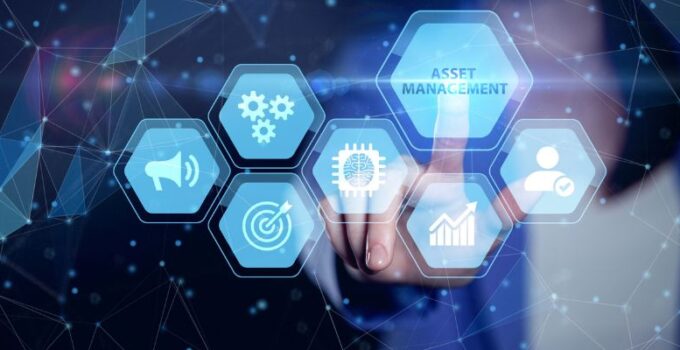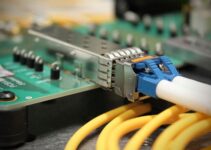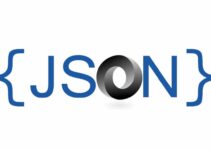IT asset management automation has become indispensable in today’s fast-paced IT environments. Automation not only streamlines the tracking and management of IT assets but also introduces a level of precision and efficiency that manual processes cannot match.
By automating routine tasks, organizations can free up valuable resources to focus on more strategic initiatives, ensuring that their IT assets are always accounted for and properly utilized.
Enhancing Traceability Through Automation
The Benefits of Automated Tracking Systems
Source: financesonline.com
Automated tracking systems offer significant advantages over traditional, manual tracking methods. By employing automated asset tracking, organizations can achieve real-time visibility into the status and location of their IT assets, enhancing decision-making and response times.
This level of traceability is essential for optimizing asset utilization, planning for future needs, and ensuring assets are available when and where they are needed.
Key Features
An effective IT asset tracking solution should offer a range of features to support comprehensive traceability, including real-time location tracking, historical asset movement logs, and integration with other IT management systems.
These features enable businesses to monitor their assets continuously, identify trends or issues quickly, and make informed decisions about asset management and security.
Overcoming Challenges in Asset Traceability

Source: fooddocs.com
Despite the advantages, organizations often face challenges in implementing effective traceability systems, such as integrating new solutions with existing infrastructure or ensuring the accuracy of asset data.
Overcoming these challenges requires a strategic approach, including careful planning, stakeholder engagement, and selecting solutions that can be customized to meet specific organizational needs.
Comprehensive IT Asset Security Measures
Implementing Encryption and Access Controls
Encryption safeguards data by converting it into a secure format that can only be deciphered by authorized users possessing the encryption key. Access controls further enhance security by defining who can access certain data and under what circumstances, ensuring that sensitive information remains protected at all times.
Conducting Regular IT Security Assessments
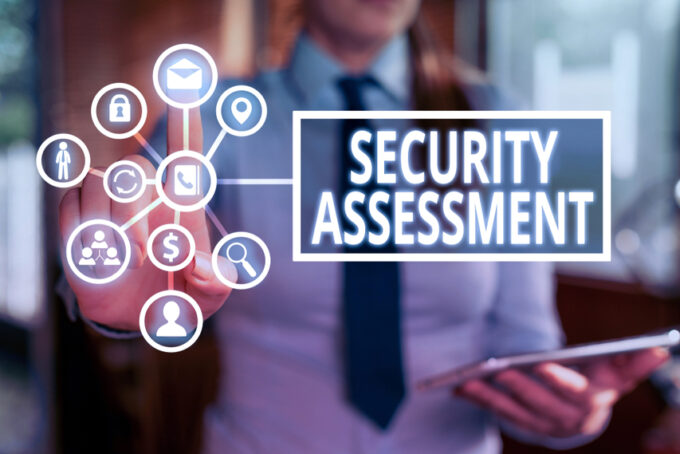
Source: bleuwire.com
Regular IT security assessments are vital to maintaining a secure IT asset management framework. These assessments help identify vulnerabilities, assess the effectiveness of current security measures, and determine the need for enhancements.
A comprehensive security assessment should cover the following key areas:
- Risk Identification: The first step in a security assessment involves a thorough analysis of the organization’s IT environment to identify potential security risks to IT assets. This process entails examining both internal and external threats that could compromise the confidentiality, integrity, or availability of these assets.
- Vulnerability Scanning: Employing automated tools to scan systems for known vulnerabilities is an essential part of the assessment process. These tools can detect security weaknesses in software, firmware, and configurations that could be exploited by cyber threats.
- Compliance Checks: Ensuring that IT asset management practices adhere to relevant legal, regulatory, and industry standards is crucial for maintaining trust and avoiding penalties. Compliance checks assess how well the organization’s IT practices align with standards such as GDPR, HIPAA, or industry-specific regulations.
- Incident Response Planning: The final area of focus is assessing the organization’s readiness to respond to security incidents. Identifying areas for improvement in the incident response plan is vital for ensuring that the organization can quickly recover from an attack and minimize its impact.
By systematically covering risk identification, vulnerability scanning, security controls evaluation, compliance checks, and incident response planning, organizations can identify weaknesses in their security posture and make informed decisions to enhance their defenses.
These proactive measures not only protect the organization’s digital assets but also support its overall strategic objectives by ensuring that IT resources are managed securely and efficiently.
Balancing Security with Traceability in IT Asset Management
Integrating Security Measures with Tracking Systems
Source: temera.it
This integration allows organizations to monitor their assets in real time, detect unauthorized access attempts, and ensure that security policies are consistently applied across all assets.
By leveraging advanced tracking technologies, such as RFID or IoT devices, in conjunction with robust security protocols, businesses can achieve a high level of security without compromising the traceability of their IT assets.
Addressing the Challenge of Unauthorized Access
Implementing stringent access controls, multi-factor authentication, and continuous monitoring can help mitigate this risk. These measures ensure that only authorized personnel can access sensitive IT assets, reducing the likelihood of data breaches and other security incidents.
IT Asset Management Best Practices
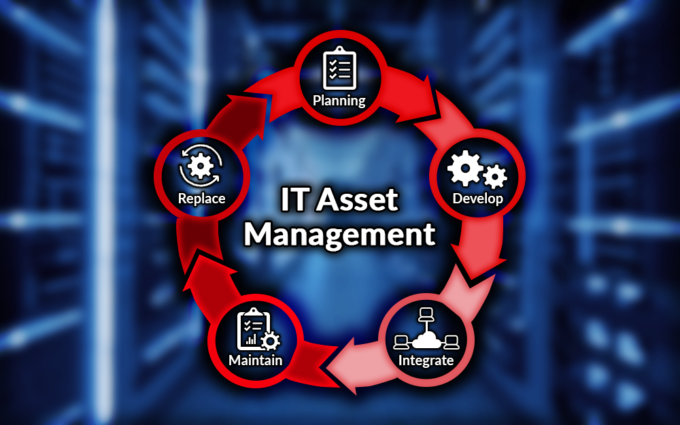
Source: nerdssupport.com
In the realm of IT asset risk management, striking the right balance between security and traceability is crucial for safeguarding assets against threats while ensuring they are efficiently utilized and accounted for.
Implementing certain best practices can help organizations achieve this balance, enhancing their overall security posture and operational efficiency.
Below is a look at these best practices:
- Unified Asset Inventory: Keeping a unified, comprehensive inventory of all IT assets is foundational to effective asset management. This inventory should not only list the assets but also integrate tracking and security data, such as location, status, and any security measures applied. An up-to-date inventory ensures that assets are easily traceable and that their security status can be quickly assessed, facilitating rapid response to any issues that arise.
- Regular Security Audits: Conducting regular audits of both physical and digital security measures is essential to identify and rectify potential vulnerabilities. These audits should assess the effectiveness of current security protocols and compliance with organizational security policies. IT asset security solutions help ensure that IT assets are protected against emerging threats and that security practices remain aligned with best practices and regulatory requirements.
- Training and Awareness Programs: Educating employees about the importance of IT asset security and the best practices for ensuring the confidentiality, integrity, and availability of assets is vital. Training and awareness programs can foster a culture of security within the organization, empowering employees to act as a first line of defense against security threats.
By adhering to these best practices, organizations can not only protect their IT assets from security threats but also ensure they are efficiently managed and utilized.
This holistic approach to IT asset management supports the organization’s broader goals of operational efficiency, security, and compliance, laying the foundation for long-term success in an increasingly digital world.
Enterprise IT Asset Tracking and Security Systems
The Role of AI and Machine Learning in Asset Management

Source: imarticus.org
Artificial Intelligence (AI) and Machine Learning (ML) are revolutionizing the way enterprises manage and secure their IT assets. These technologies enable predictive analytics for maintenance, anomaly detection for security, and intelligent automation for routine asset management tasks.
By leveraging AI and ML, businesses can anticipate potential issues before they arise, identify unusual patterns that may indicate security risks, and automate asset tracking and management processes.
Evaluating the Effectiveness of IT Asset Management Systems
To ensure the IT asset management system remains effective and aligned with enterprise objectives, regular evaluations are necessary. These evaluations should assess the system’s ability to provide real-time visibility, enhance security, and support decision-making.
Key performance indicators (KPIs) such as asset utilization rates, security incident response times, and compliance levels can provide valuable insights into the system’s performance and areas for improvement.
IT Asset Lifecycle Management: A Holistic Approach

Source: seibert.group
Security Considerations from Procurement to Disposal
This comprehensive strategy ensures that each IT asset is protected and managed effectively throughout its entire life, minimizing vulnerabilities and enhancing overall security posture.
Starting with secure procurement practices, organizations can ensure that assets are sourced from reputable vendors and come with the necessary security features.
During the operational phase, regular updates and maintenance are crucial for keeping security measures current. Finally, secure disposal practices, including data wiping and physical destruction, are essential to prevent data breaches and leaks from decommissioned assets.
Tools and Technologies Supporting Lifecycle Management
By considering security at each phase of an asset’s life, organizations can prevent gaps in their security posture that could be exploited by cyber threats.
This approach not only helps in maintaining a robust defense against external threats but also in managing internal risks associated with asset misuse or unauthorized access. Effective lifecycle management ensures that security is not an afterthought but a fundamental aspect of IT asset management.
Conclusion
The journey towards achieving secure and efficient IT asset management is ongoing, requiring constant vigilance, adaptation, and a proactive approach to integrating security and traceability.
As the landscape of IT asset management continues to evolve, so too will the strategies and technologies aimed at enhancing these critical organizational functions.
By staying informed and agile, organizations can navigate these changes successfully, ensuring their IT assets are well-managed, secure, and fully aligned with their strategic goals.

